Twenty years ago, when a western reining trainer admitted that he took dressage lessons to improve his horse抯 reining, his fellow cowboys thought he had lost his mind. Some 20 years later finds several hunt seat instructors actively using aspects of dressage in their training.
Christy, a hunt seat equitation instructor, commented that if you look at the old hunt seat equitation videos and photos of students instructed by George Morris and others, the horses are in a training level dressage frame.
Celine, a hunt seat/balanced seat instructor, noted that dressage is the basis of all riding. 揅lassical dressage has its roots in cavalry riding in war; whereas hunt seat has its origins in long cross country rides across fields on a hunt. Hunt seat was adapted for the show ring,?she said. She noted that combining the elements of hunt seat and dressage brings balanced seat.
Christy uses the rider-based training that she received from her dressage instructor for her hunt seat students.
"At their first lesson, I put them right on the longe line and take away stirrups and reins immediately," she described. "I spend a lot of time helping them build independent hand, seat and leg in exercises on the longe line before I have them ride on the rail."
Christy has found that by doing so, the riders have feel and balance more quickly. "Beginner issues like steering just seem to fall right into place even though they've spent their first several lessons on the longe line."
Celine also likes to apply dressage concepts early on in hunt seat education. 揑 start right away with rhythm and balance, teaching the student how to sit with balance. Then I address how the horse moves and how to find the horse抯 natural rhythm. When you apply the concepts of dressage early on, students have greater 慺eel?for their horses.?
She noted that in everyday hunt seat, she sees horses just going around the ring in the gaits, walk, then trot, and then canter. "The riders barely understand how to circle correctly. In many cases, you see trainers just focusing on jumping. Flatwork just becomes a term meaning getting the horse warmed up enough to jump," she said. 揥hen I go to some of the large local hunt shows, I抦 amazed that riders aren抰 balancing their horses, or even riding them correctly through a turn.?She described watching strung out ponies in a hunter class. 揟hey got over their courses by the grace of God.?
揑 was aghast by the strung out, unbalanced approaches to jumps and the rushing and diving over each fence,?she said. She finds that dressage helps her riders gain a balanced and rhythmic approach to fences.
She described one hunt seat student she had recently met who had no concept of getting the horse to work back to front or flexion though she had her own horse and was taking lessons with her instructor for five years.
揥hen she sat in on other lessons her friends were having with other instructors, she felt she was missing out on a world of education with her horse. She said her lessons just revolved around her instructor who called out 慼eals down,?憇houlders back,?憄osting trot,?etc.?
Celine uses dressage to focus on the points of the ring by keeping the horse correctly between and in front of the rider抯 leg. 揌ow do you get your horse from point A to point B, not A to D??she explained.
揥hen you focus on riding every stride, as in dressage, your hunter or equitation horse will always know what you want,?she explained. 揧ou can circle, go straight, change gait, jump and make it look so easy, balanced and fluid. Riding hunt seat this way gives the horse the correct muscle development, impulsion and work ethic."

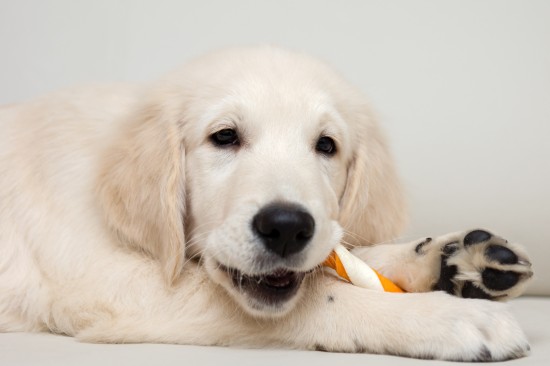 Some Of The Stranger Forms Of Canine Behaviour Decoded
Some Of The Stran
Some Of The Stranger Forms Of Canine Behaviour Decoded
Some Of The Stran
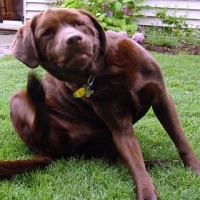 Are Flea And Tick Preventives Safe?
In the spring of 2009, the EPA announced that it would i
Are Flea And Tick Preventives Safe?
In the spring of 2009, the EPA announced that it would i
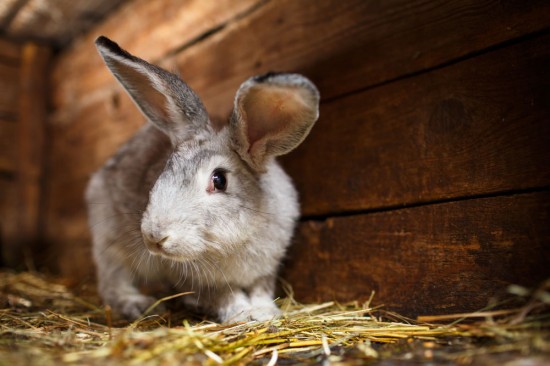 A Hutch Is Not Enough - Why Rabbits Should Not Be Considered As An Easy Pet
A Hutch Is Not En
A Hutch Is Not Enough - Why Rabbits Should Not Be Considered As An Easy Pet
A Hutch Is Not En
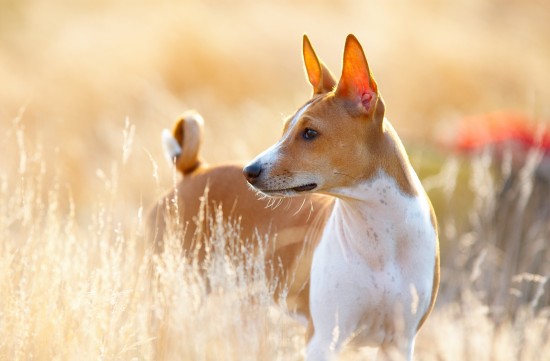 Is There Such A Thing As An Odourless Dog?
Is There Such A T
Is There Such A Thing As An Odourless Dog?
Is There Such A T
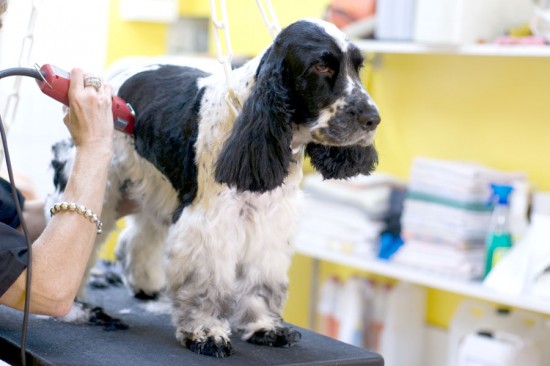 Having Your Dog Professionally Groomed
Having Your Dog P
Having Your Dog Professionally Groomed
Having Your Dog P